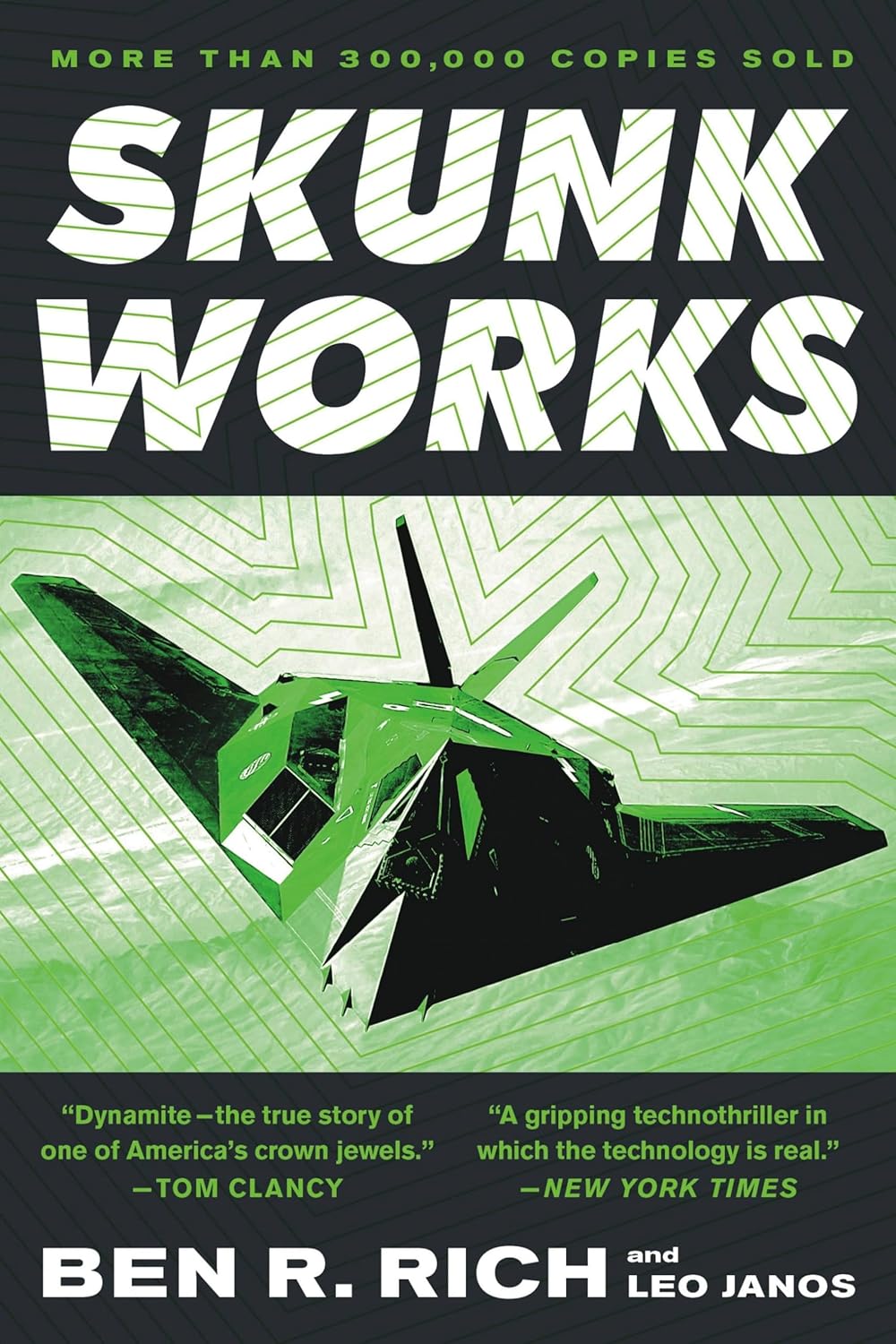What Skunk Works Taught Me About Engineering, Leadership, and Trust
I picked up Ben Rich’s Skunk Works expecting a Cold War history lesson. What I got instead was a blueprint for doing hard things with small teams when the stakes are high and the clock is relentless. It hit the same nerves that push me to keep writing here about mistakes, resilience, and leadership that enables rather than controls. The throughline is simple. Mission clarity plus trust beats complexity every time. That is as true in a windowless hangar as it is in a data center or an incident bridge.
Two airframes, two philosophies
The SR-71 and the U-2 are both reconnaissance legends, but they solve the same problem in very different ways. The SR-71 is shock and awe turned into aluminum and titanium. In 1976 it set world records for sustained altitude and absolute speed, roughly Mach 3.3 and about 85,000 feet, and those records still stand for a manned, air-breathing aircraft. That is not nostalgia. It is a reminder that constraints can be fuel when the team is aligned and protected from noise.
The U-2 feels almost humble by comparison. Long wings. Slow approach. A landing that looks like a balancing act. Yet it keeps flying because it carries the right sensors to the right place and can be retasked on the fly. The Air Force has announced plans more than once to retire it around the FY26 window, and Congress keeps asking hard questions, most recently limiting divestitures for FY26 to a small number. Translation in my world. If a tool remains uniquely useful and adaptable, it earns time even while the org hunts for successors.
Meanwhile, NASA’s ER-2, the civil U-2 variant, is still flying high-altitude science missions. It is a flying lab for sensors and calibration work and it still posts schedules for deployments and proficiency flights. That longevity matters. It shows how a simple, well understood platform can keep delivering if you keep upgrading the payloads and the interfaces.
Why this resonates with how I work
When I wrote about breaking the internet with a firewall HA misconfiguration, the lesson was not a new appliance or a magic runbook. It was about assumptions under pressure and how fragile “resiliency” becomes when your mental model is off by one port. I also shared an SD-WAN outage where the difference between resilient and robust turned into a morning of packet loss. Reading Skunk Works put those posts in a larger frame. Learning loops beat blame loops. Protect the truth tellers. Keep the mission legible so the right tradeoffs are obvious in the moment.
The leadership chapter of this, for me, rhymes with what I captured from executive coaching. My job is to shape conditions where ownership is normal. Clear goals. Minimal drag. Rapid feedback. Ben Rich did not try to be Kelly Johnson. He kept the bones of the culture and adapted the rest. That is the work. Preserve the principles that make the machine sing, then swap parts as reality changes.
Small teams, sharp constraints
Kelly Johnson wrote down rules for how Skunk Works should operate. Short lines of authority. Minimal reviews. Supplier accountability. Direct communication. Read them today and they look like a sane antidote to organizational entropy. I have seen the same pattern on high performing ops teams. Fewer handoffs. Clear ownership. Shorter feedback loops. You do not scale everything. You scale what helps the mission and you protect what makes speed possible.
What SR-71 and U-2 taught me about systems
The SR-71 is the lesson that sometimes the right answer is to sprint past the problem. You do not out-turn a missile. You deny it a firing solution by living where the inputs break down. In IT terms, design to make the failure mode irrelevant. Collapse the time where things can go wrong. When the system is that fast and that clear, you need less heroics in the middle.
The U-2 is the lesson that margin and patience still win. It is slow to land and fussy on the ground. In exchange you get endurance, altitude, and a sensor truck that can change missions overnight. In platform work that means boring interfaces, strong contracts, and payloads that evolve quickly. Keep the bus steady and the value rides on what you plug in.
What I am changing
Here is what I am nudging in my day job after sitting with this book.
- Make the mission sentence shorter. If the team cannot say it out loud without a slide, it is not ready. If it is not ready, the tradeoffs will be random when the heat is on.
- Fewer chefs. One accountable owner. Tight crew. Real authority. Review rituals that fit the risk, not the calendar.
- Fail where it is cheap. Build demo rigs and dark launches that invite failure early. Save the heroics for when we actually need them.
- Preserve the bones. If a process gives us speed or quality, protect it. Change the accessories. Not the skeleton.
A last note on awe
It is still astonishing that a manned aircraft from the 60s holds absolute speed and altitude records for sustained, level flight. I do not want to live in the past, but I do want to remember what it looks like when a group of people get the brief right and then are trusted to chase it to the edge of the possible. That is a good north star for any of us trying to build reliable systems under pressure.
